History of Oil Paintings
Painting is one of the forms of Fine art, which has been a medium to express, influence, find individuality, and search for meaning. While there have been pieces of evidence of mural and rock paintings since ancient times, the origin of oil painting can also be traced back to as early as the 7th century.
In earlier times, oil paintings were created using vegetable oils or animal fats mixed with powdered pigment. Buddhists created the earliest paintings recorded on walls in Bamiyan, Afghanistan. Moreover, in recent times, archaeologists have recovered weapons and shields decorated with oil paintings. These artefacts also belong to the same age as the Buddhist mural paintings.
Evidence of oil paintings on wooden blocks was found in many parts of Europe. These paintings belonged to the 11th century.
Later on, during the Renaissance, when the arts and literature were resurrected, oil paintings also got a new life. Famous oil paintings like Annunciation, Haller Madonna, Lamentation for Christ, and Girl with a Pearl Earring were created during this period.
As far as the modern period is concerned, artists like Vincent Van Gogh, Pablo Picasso, and Salvador Dali were the major figures who contributed to the uplifting of oil paintings.
Modern Oil Painting Art- An Introduction
The 19th and 20th centuries are called the modern period. During this phase, the world saw the discovery and invention of many artificial colours and painting methods. Despite the availability of other painting methods, oil remained a prime medium to paint for many imminent painters even during modern times.
Some of the prominent painters like Vincent Van Gogh, Claude Monet, and Salvador Dali used oil colours to create their seminal art. Later on, all such works provided an impetus for the growth of oil painting in the contemporary world. Even today, people enthusiastically create oil painting art; some artists use digital mediums to create their oil painting artwork.
This blog will revisit 05 major modern art with oil pastels created by renowned artists. Let’s start.
5 Seminal Modern Art Oil Paintings
Le déjeuner sur l’herbe- Èdouard Manet, 1863
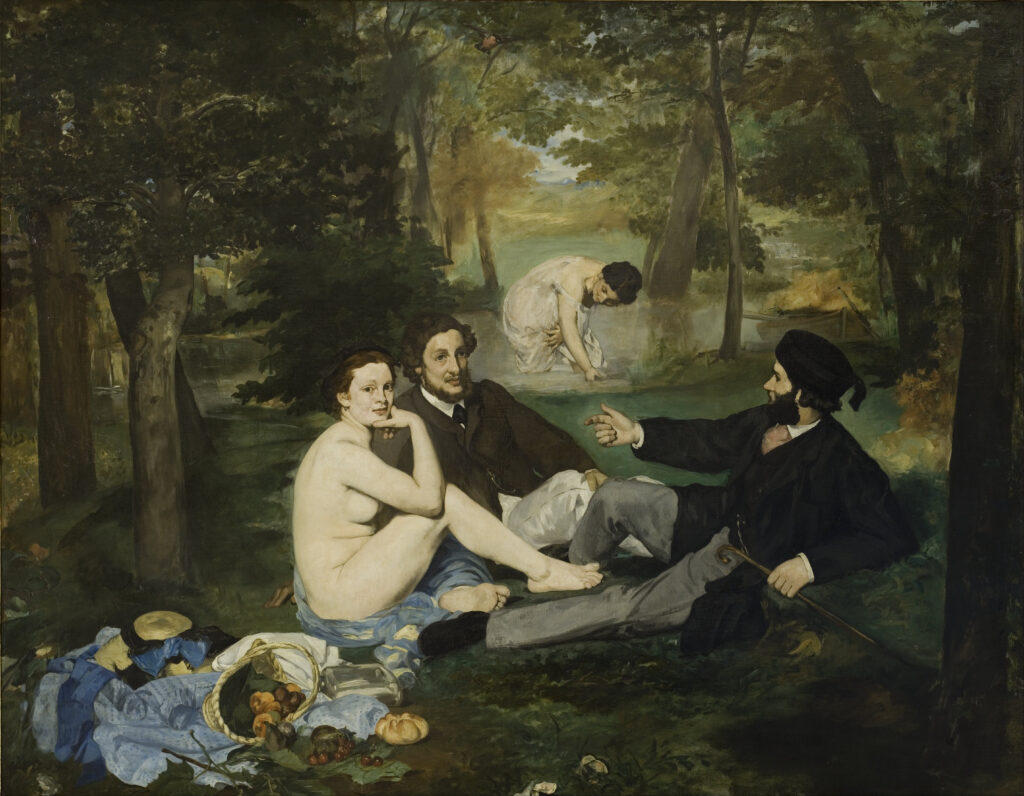
Regarding modern oil paintings, Le déjeuner sur l’herbe by the famous French artist Èdouard Manet is one of the most influential oil painting works of the contemporary age. The painting was created between 1862-1863, and was originally titled “Le Bain” (The Bath).
This iconic painting portrays a female sitting and enjoying a picnic in a nude state with two dressed men. In its initial days of exhibition, the painting became so controversial that the artist gained so much fame. Despite this, he was not able to sell the art.
This painting is now displayed in the Musée d’Orsay in Paris. Moreover, a smaller version of the painting is in the Courtauld Gallery, in London.
Related read- NFT Artist: How To Get Started
Country Road in Provence by Night- Vincent Van Gogh, 1890
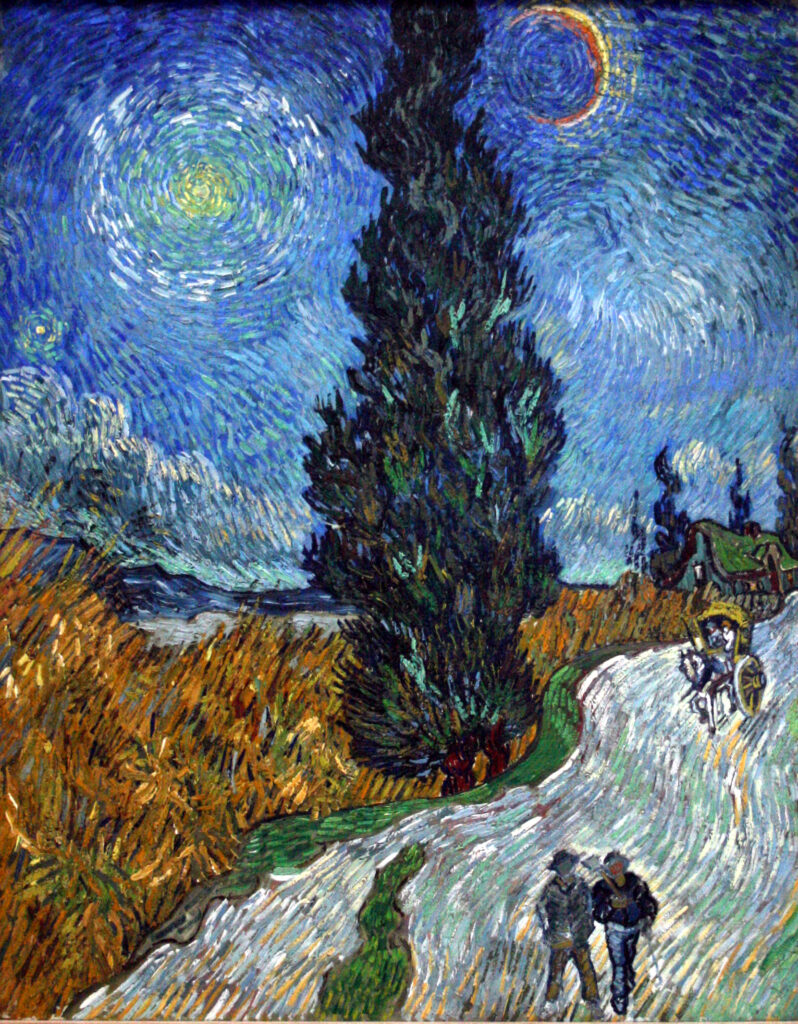
Country Road in Provence by Night is one of the most iconic oil paintings created by Dutch painter Vincent van Gogh in 1890 on canvas. This painting adds to the prestige of the Kröller-Müller Museum, Otterlo in the Netherlands.
The artist was spellbound by the beauty of the cypress trees grown by the roads in Provence, therefore, he thought of bringing it to the canvas through oil painting.
As far as the painting style is concerned, Vincent experimented with the colours and strokes to make the painting speak for itself. The artist was influenced by the natural beauties like the greenery, moon and stars, therefore, giving them a place in the painting. This painting is one of the major modern oil paintings on canvas.
Family of Saltimbanques- Pablo Picasso, 1905
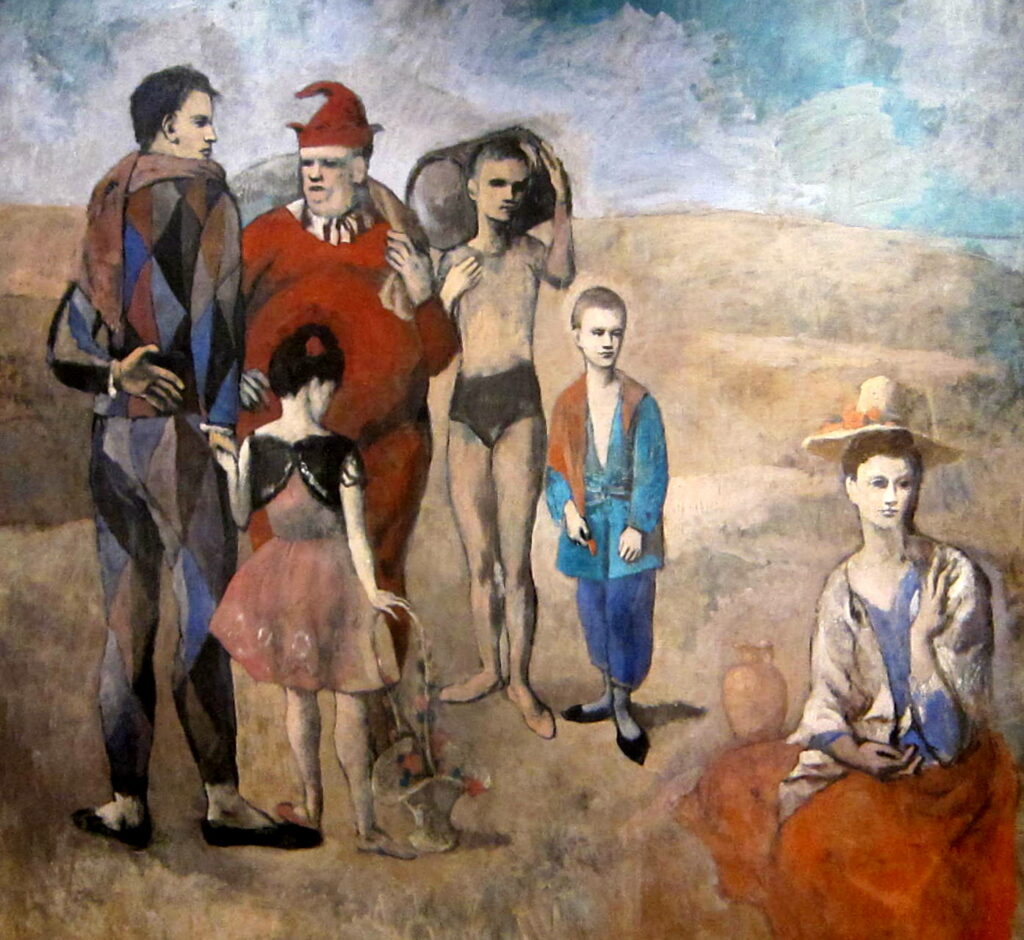
Pablo Picasso is one of the prominent figures of the painting arts, he is known for seminal works that inspired the coming generations. “Family of Saltimbanques” is one such work, it is a canvas oil painting completed in 1905. The painting depicts six circus performers referred to as “Saltimbanques” in French.
One of the most interesting things about this painting is that it is one of the earliest artworks created by the painting maestro. The painting is inspired by the circus performers, as Picasso during those days used to visit the Cirque Médrano in Montmartre and developed.
This painting is displayed at the National Gallery of Art, Washington D.C.
Disintegration of the Persistence of Memory by Salvador Dalí, 1954
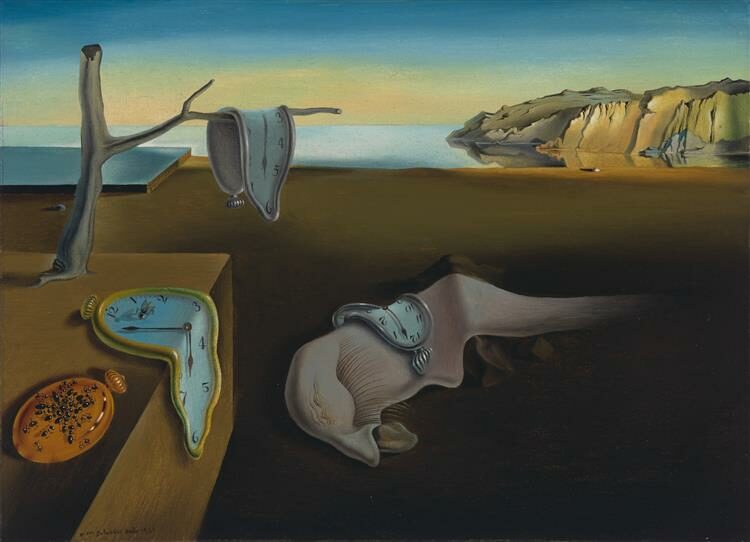
The Disintegration of the Persistence Memory,1954, is an oil painting on canvas by the Surrealist artist Salvador Dali. This artwork is a re-creation of his earlier artwork named The Persistence of Memory, which was created in 1931.
Being a surreal artist, he portrays what an unconscious mind wants to express. In this artwork, the landscape is flooded with water, and the disintegration signifies things happening above and below the flooded surface.
This masterpiece is housed at the Salvador Dali Museum in St. Petersburg, Florida.
The Scream by Edvard Munch, 1893
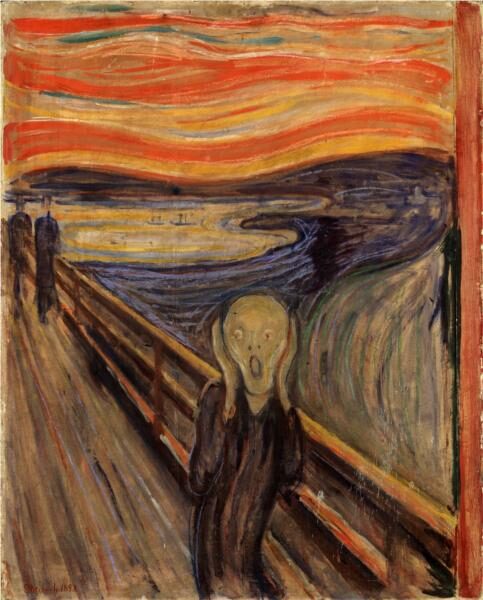
When we talk about modern oil painting art, how can we forget the name of “The Scream”.
It is the most popular and iconic oil painting, created by Norwegian artist Edvard Munch in 1893. The original name of the painting is Skrik, which means Scream in Norwegian. It was auctioned for a whopping $120 million.
The painting depicting a screaming face symbolizes the anxiety of the man. This painting had created a great influence on the Expressionist movement of art. This masterpiece is currently displayed in The National Museum in Oslo.
Whenever we talk about modern oil paintings, the above-mentioned 5 iconic oil paintings will always remain on people’s lists due to their uniqueness and style. Moreover, these iconic artworks were created by legendary artists giving these arts a place in the canon.
